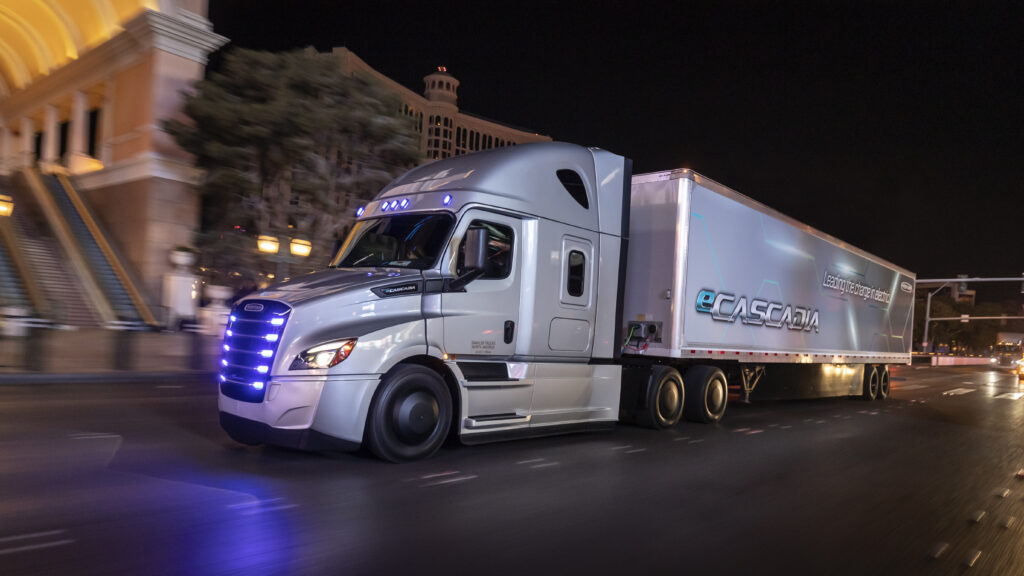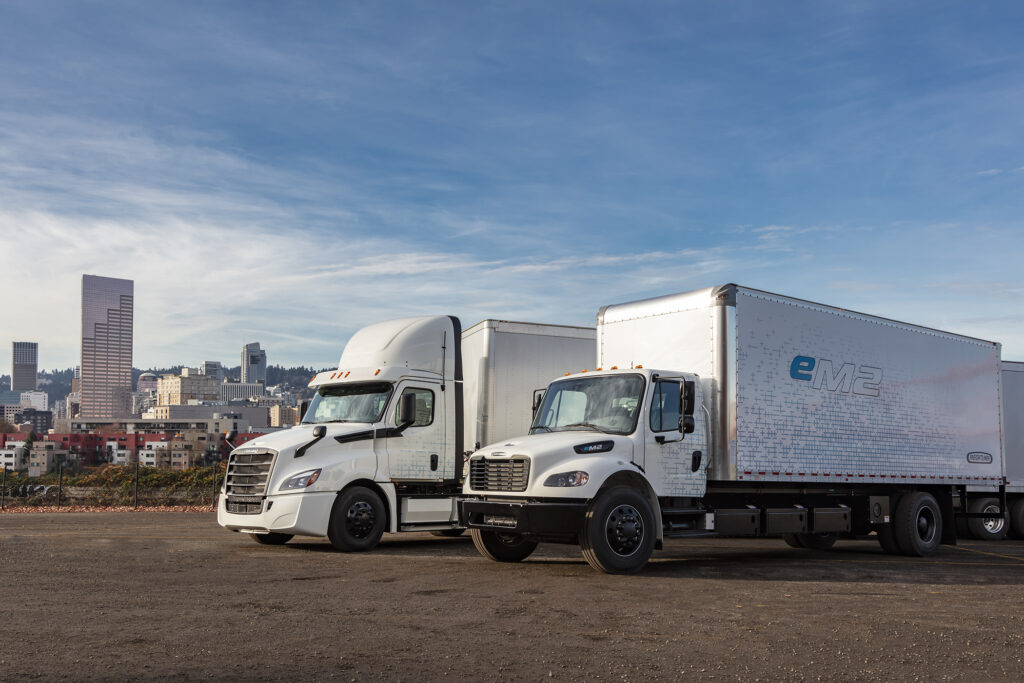Australia falling behind in zero-emissions truck race
- PostedPublished 5 December 2021

Legal restrictions and a lack of incentives deny Australian companies much-needed zero-emissions trucks – but a new partnership could change the story
According to a new report from the Australian Trucking Association (ATA), the truck market in North America offers more than five times the number of zero-emissions models than that in Australia.
It’s a similar story in Europe, where there are three times as many zero-emissions trucks on offer than there are in the Australian market.
However, many of these trucks are designed with European and American width regulations in mind, which results in many being 2.55-2.60 metres wide – exceeding that of the current Australian 2.5-metre limit.
These trucks cannot simply be imported and used on Australian roads, as a result, which significantly reduces the availability and uptake of vehicles that are sorely needed to decarbonise the transport network.
More pressingly, the ATA’s report – which was submitted to the government as part of the Safer freight vehicles discussion paper – highlighted that future electric and hydrogen trucks could be even more difficult, or uneconomical, to adapt to meet Australia’s width restrictions.
Andrew McKellar, chief executive officer of the ATA at the time of the report’s publication, said: “While many trucking operators are eager to embrace safer, zero- or low-emission vehicles, they simply can’t because the Australian rules prevent trucks built to European or US widths from being used on our roads.

“The United States has the greatest supply of zero-emission truck models, made possible by zero-emission truck purchase incentives for operators and a better truck width standard. These incentives and standards should be embraced here in Australia.”
Widening trucks, even fractionally, would help deliver other considerable benefits, including improved roll stability – and, in the case of refrigerated trucks, the width could be used to accommodate thicker insulated walls. According to the ATA, this could potentially reduce heat gain by 36 per cent and save 2500 litres of fuel a year in each vehicle.
The ATA has subsequently called on the government, which is considering adopting 2.55- or 2.6-metre truck and trailer widths, to opt for the widest option if it meets all the other required safety criteria.

A new partnership, between the ATA and the Australian Electric Vehicle Council (ATA) is also seeking to bolster the uptake of electric freight vehicles in the country.
The industry-leading partnership will bring together specialists, in a series of workshops, to identify the problems surrounding electrification in the transport industry – such as charging and financial incentives. Objectives will also be identified and defined, allowing for government-directing policy papers to be created so that the trucking industry can move forwards with electrification.
- CategoriesIn SightGlass
- TagsSightglass News Issue 25

